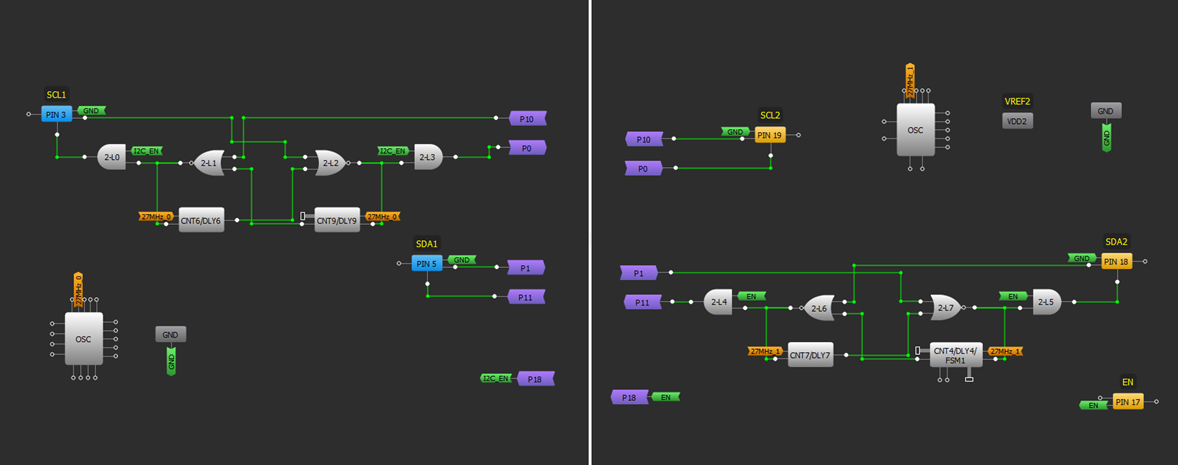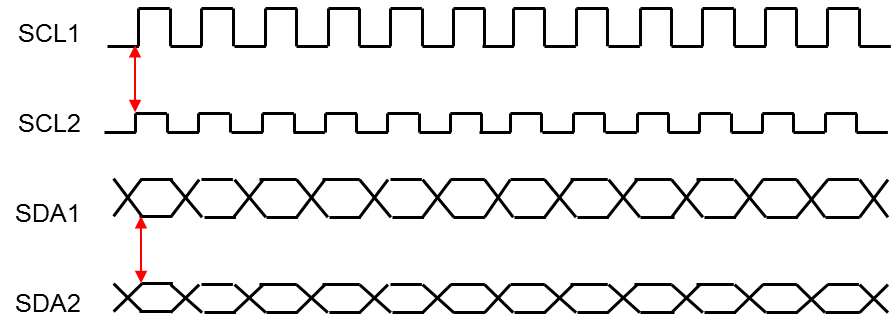- 亚博电竞菠菜
- Power Management
- xinyabo体育
- Audio
- Sensors
- Lighting
- Custom Mixed-Signal ICs (ASICs)
- Power Conversion
- Power Switching
- Memory
- Silicon IP
- GreenPAK Configurable Mixed-Signal
- Timing
- Communications
- IO-Link
- Industrial and Automotive ASICs
- Industrial Edge Computing
- IOX Expansion Module
- IzoT Commissioning Tool (CT)
- IzoT Net Server
- IzoT SDK 2
- IzoT ShortStack SDK
- LNS DDE Server
- 朗升级
- LonScanner FX Protocol Analyzer
- Smart Edge Platform
- SmartServer IoT
- SmartServer IoT™ Partner Program
- SmartServer™ IoT Edge Server
- U10 USB Network Interface
- U20 USB Network Interface
- U60 DIN USB Expansion Modules
- U60 FT USB Network Interface Module
- U70 PL-20 USB Network Interface
- Current Control
- Motor Control
- Display
- Modules
- Longevity Program
- Product Selector
- Document Search
- 亚博国际官网平台网址
- Application Solution Diagrams
- Connected Health
- Connected Consumer
- Connected rechargeable E-cigarette
- True Wireless Stereo
- USB Type-C ANC Headset
- Beacon, Tracker, Findable
- DECT Ambient Noise Cancellation (ANC) Headset
- Rechargeable E-Cigarette
- Game Controller
- Feature-rich Rechargeable E-Cigarette
- Rechargeable Game Controller
- ANC蓝牙耳机
- Toothbrush
- Electric MP3 toothbrush
- Voice RCU
- Animal Tracker / Location Tracker
- POS Terminals
- Wall-to-Battery & Direct Charging
- Smart Home
- Smart Appliances
- Industrial & Infrastructure
- Smart Lighting
- Wearables
- Configurable Mixed-signal IC Solutions
- Smart Home
- Home Appliances
- Networking
- Automotive
- Industrial
- Smart Meters
- SoC PMIC Solutions
- Communications
- Connected Medical
- Transportation
- Application Solution Diagrams
- Support
- 亚博全网
You are here
Level Shifter

Level Shifter
Bridging Independent Voltage Domains
Full-featured, power efficient systems often contain subsystems with different voltage requirements. For example, a wearable may normally operate at 1.8 V, but when charging, portions of the design will operate at the USB standard 5 V. Similarly, the display may operate at a different voltage than the sensors. Often, a number of discrete passive or fixed-function level shift devices are needed to make these voltage domains work together. With GreenPAK™, getting these different voltage domains working together, efficiently and with the flexibility of programmable mixed-signal, is a snap with any of our Dual Supply part numbers.

GreenPAK™ Benefits for Level Shift:
- Dual Supply
- Dual Supply GreenPAK enables high efficiency level-shift without the need for external pull-up resistors
- Dual Supply GreenPAK can support 1.8 V to 5.0 V for VDD and 1.8 V to VDD for VDD2
- System Stability
- GreenPAK is zero code – Implementing features in hardware ensures stability
- GreenPAK can integrate many components ensuring fewer points of failure
- Power Consumption
- GreenPAK is low-power – Can operate continuously without ruining power budget
- Size
- GreenPAK is as small as 1.2 mm²
- Flexibility
- GreenPAK GPIO are configurable – Pull-up/pull-down resistors, Push-Pull, Open drain, etc.
- GreenPAK GPIO routing is flexible – Ensuring the least complexity in PCB routing
- GreenPAK integrates many common components – Generating custom timing and logic to further eliminate external components while bridging voltage domains and signal requirements

Uni-directional
The simplest form of level-shift is uni-directional. Shifting a single direction, up or down, is easy in GreenPAK since all GPIO can be configured as inputs or outputs
Key Design Considerations
- Number of Signals – GreenPAK can support up to 9 inputs/8 outputs on a single voltage domain
- IO Configuration – Configurable pull-up / pull-down resistors on GreenPAK’s GPIO make communicating with any IC a snap
 Example 1. Uni-directional level-shift implemented in GreenPAK
Example 1. Uni-directional level-shift implemented in GreenPAK
 Example 1. Timing Diagram
Example 1. Timing Diagram
Bi-directional with Dedicated Ports
Similar to uni-directional, using GreenPAK’s configurable GPIO to dedicate specific pins or groups of pins as input or output is easy. Each pin tied to a specific voltage domain can be configured independently allowing information to flow from lower to higher VDD or higher to lower VDD
Key Design Considerations
- Number of Signals – GreenPAK can support up to 9 inputs/8 outputs on a single voltage domain
- IO Configuration – Configurable pull-up / pull-down resistors on GreenPAK’s GPIO make communicating with any IC a snap
 Example 2. Bi-directional level-shift with dedicated ports implemented in GreenPAK
Example 2. Bi-directional level-shift with dedicated ports implemented in GreenPAK
 Example 2. Timing Diagram
Example 2. Timing Diagram
Bi-directional with External Direction Indicator
With GreenPAK it is also possible to dual-purpose certain GPIO as digital input AND output using the output enable pin to control the direction.
Key Design Considerations
- Direction Signal Polarity – Using GreenPAK’s integrated LUTs configured as an inverter can accommodate any signal polarity
- Direction Signal Origin – With GreenPAK, the direction signal input can be from either voltage domain
 Example 3. Bi-directional level-shift with external direction signal implemented in GreenPAK
Example 3. Bi-directional level-shift with external direction signal implemented in GreenPAK

Bi-directional, Auto-sensing
Using GreenPAK’s configurable digital and timing resources, it is even possible to implement an auto-sensing, bi-directional, level-shift solution such as the I2C Level-shift shown in一个- 1104.
Key Design Considerations
- Response Time – GreenPAK is capable of up to 400 kHz standard I2C


Dual Supply GreenPAK
GreenPAK can often implement multiple functions in one small device. This isn’t limited to level-shift applications. Just one GreenPAK device can implement glue logic, timing adjustment, reset, power sequencing, LED control, and more depending on design requirements and resource configuration.
Below is a list of our Dual Supply GreenPAK devices and the number of GPIO dedicated to each voltage domain.
| Part Number | VDD IO | VDD2 IO |
|---|---|---|
| SLG46121V | 5 | 4 |
| SLG46535V | 7 | 4 |
| SLG46538V | 9 | 8 |
| SLG46621V | 9 | 8 |
GreenPAK Development Tools and Software
Videos
- Analog GreenPAK™ Webinar
- HV PAK Webinar
- GreenPAK I2C
- GreenPAK's Asynchronous State Machine
- GreenPAK: Design a Chip and Have a Sample IC Ready to Use in Minutes
- GreenPAK Projects Development
- BOM Reduction using GreenPAK
- GreenPAK Designer Introduction
- GreenPAK SPICE Introduction
- Introduction to SLG46721/2
- GreenPAK Designer Software
- GreenPAK Development Platform
- Choosing the Right GreenPAK
- Testing & Mass Producing GreenPAK IC
- Lighting Control Made Simple with CMICs
- A New Approach to Sensor Implementation
- Basics of Motor Control